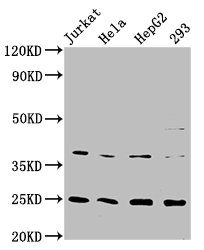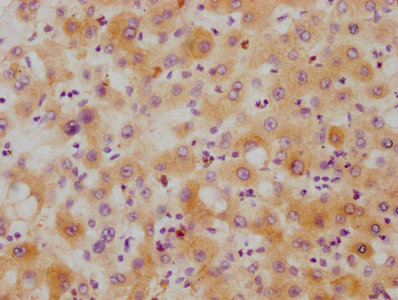The recombinant HAMP antibody is a monoclonal antibody made in vitro using the HAMP antibody genes that are typically expressed from a plasmid in a stable mammalian cell line. The genes coding for the HAMP antibody will ultimately assemble into a fully functional antibody after translation. The synthesized antibody is the recombinant antibody against HAMP. It underwent purification using affinity-chromatography. This recombinant HAMP antibody is suitable for use in the ELISA, WB, IHC to detect the HAMP protein from Human.
HAMP is the encoding gene for hepcidin, a cysteine-containing cationic peptide primarily expressed in the liver, with a much lower extent of expression in the heart. It shows antimicrobial activity against gram-positive and gram-negative bacteria. Hepcidin blocks the release of iron from macrophages and intestinal cells, which is important for body iron metabolism. In humans, hepcidin regulates iron absorption into the bloodstream. Overproduction of hepcidin causes poor reticuloendothelial iron release and absorption, while deficient hepcidin synthesis causes iron loading.







